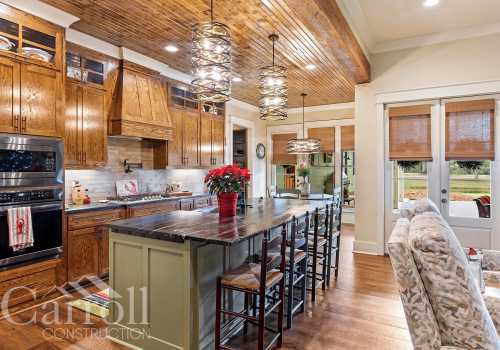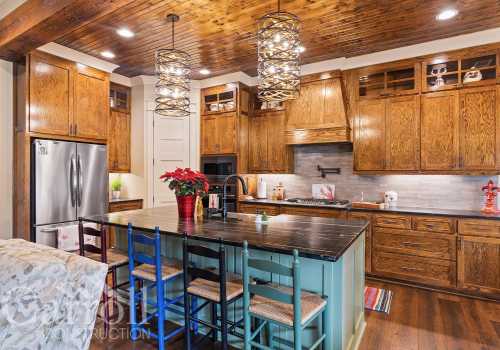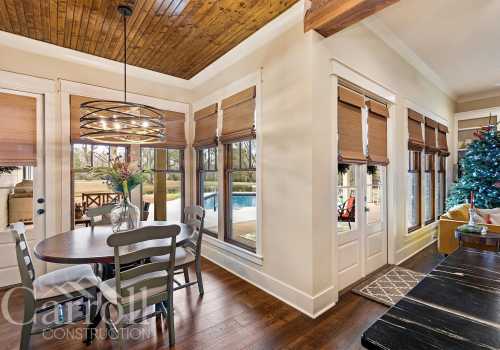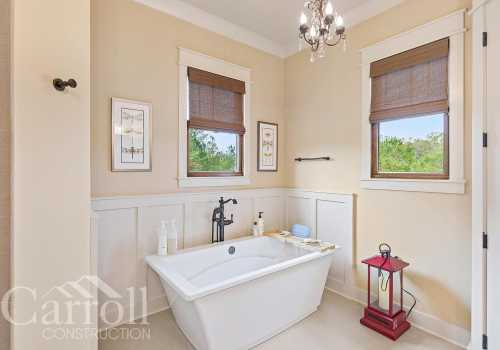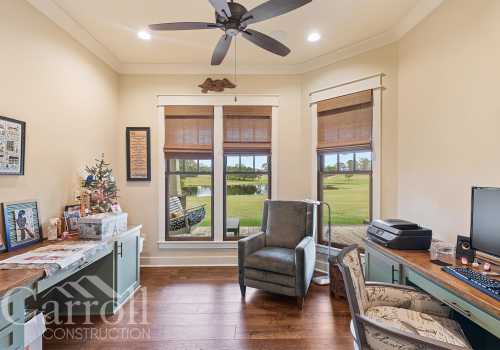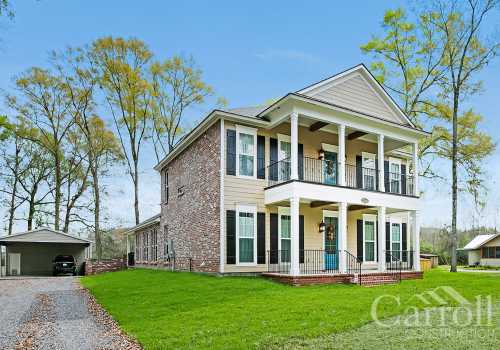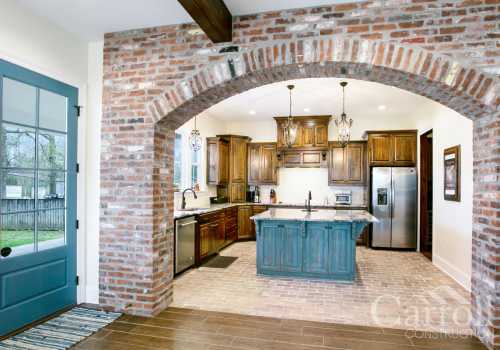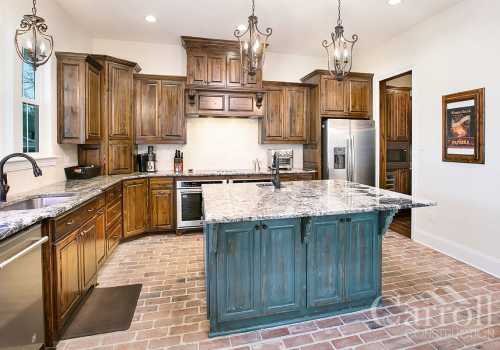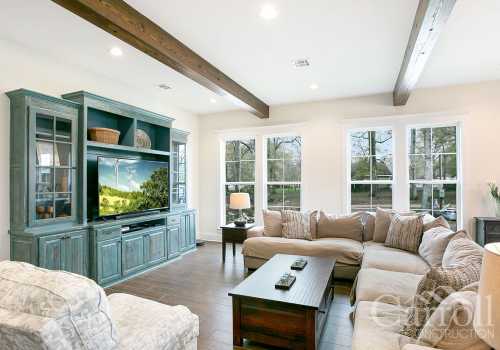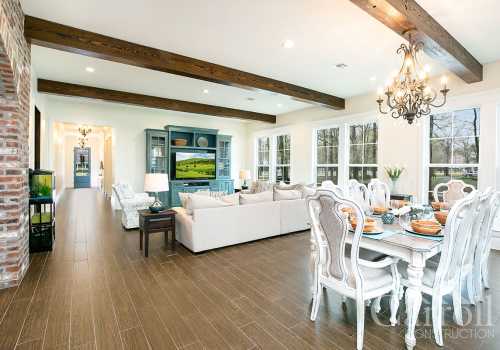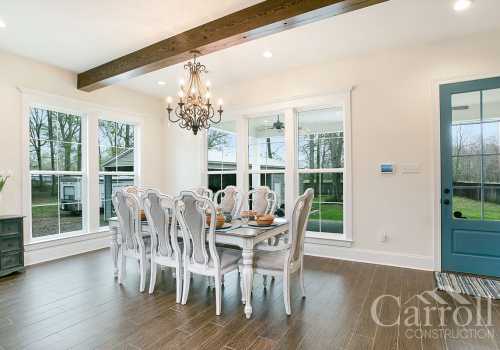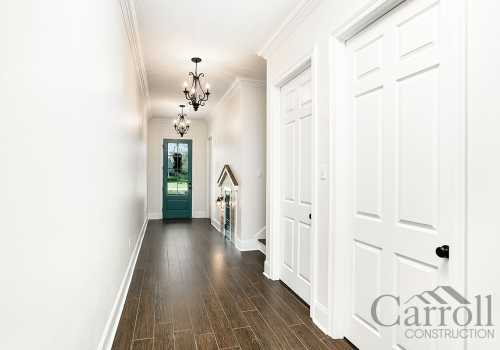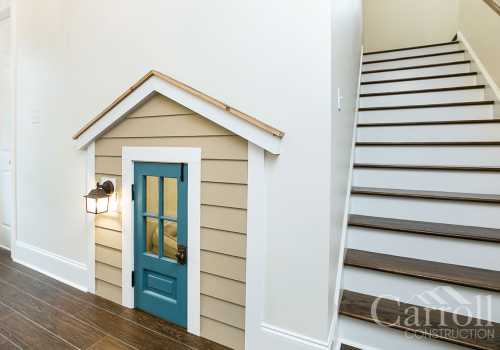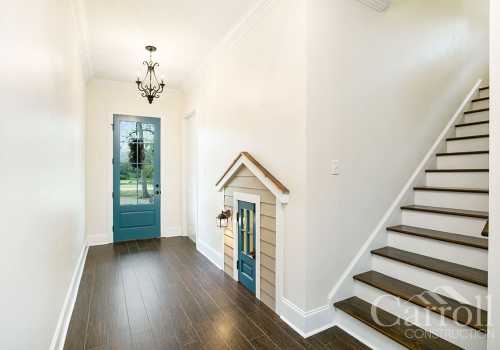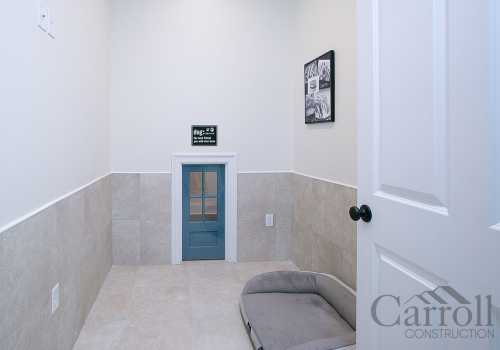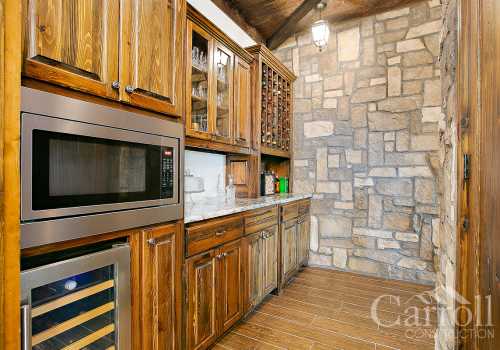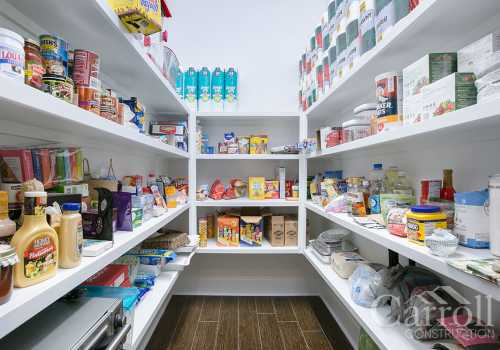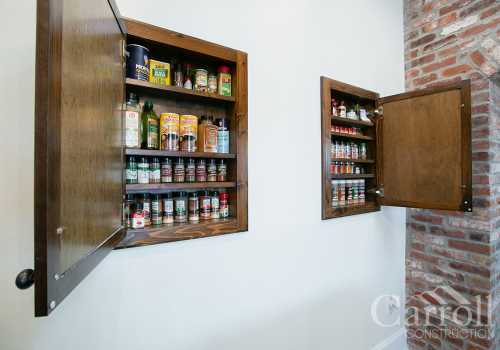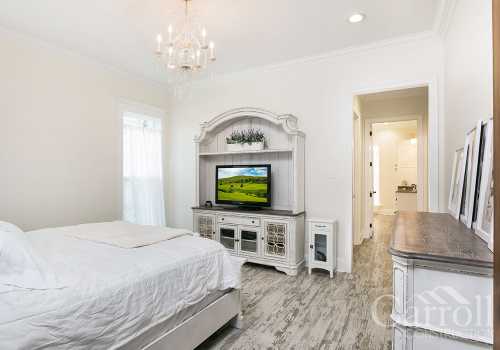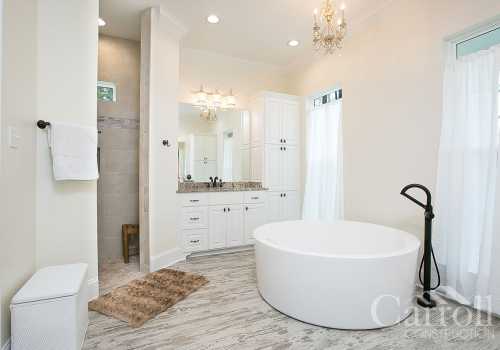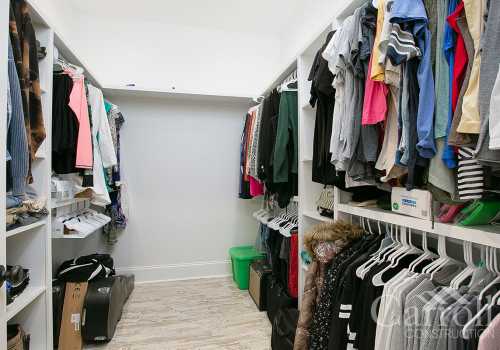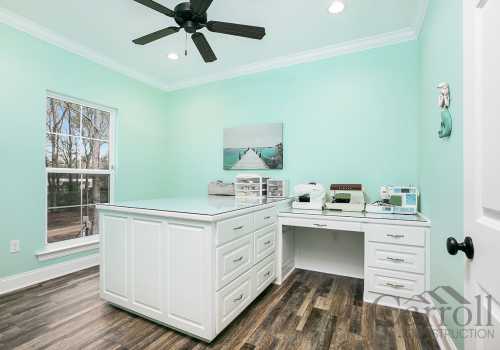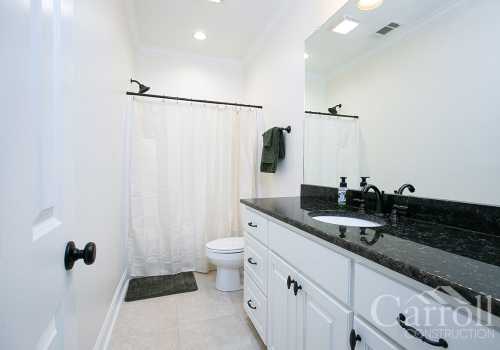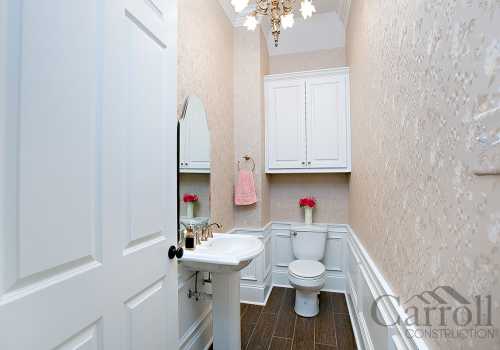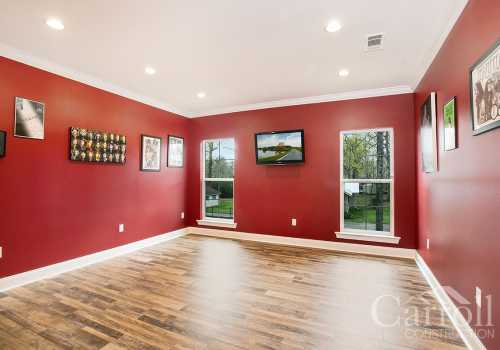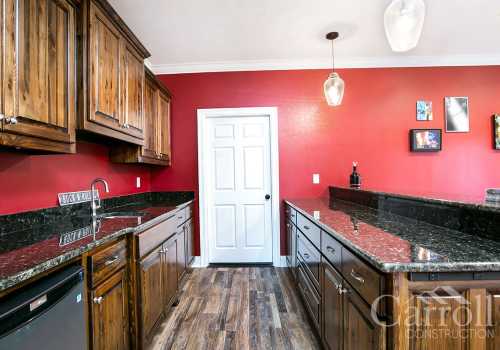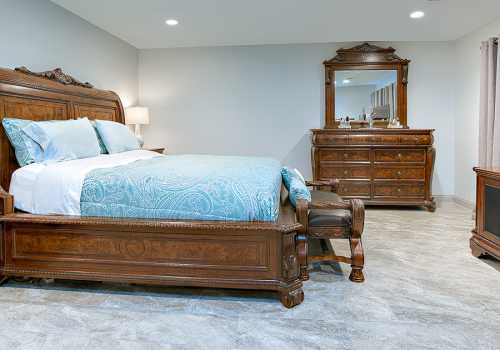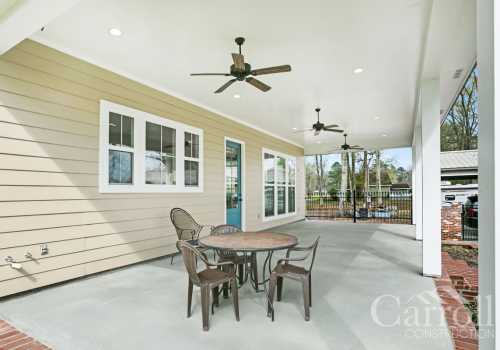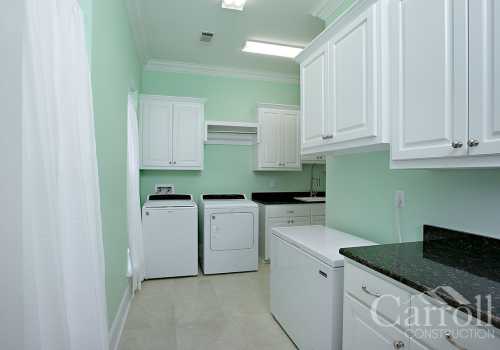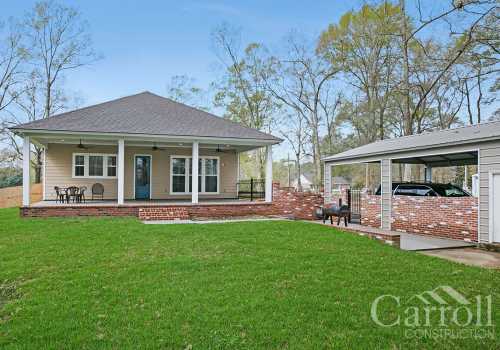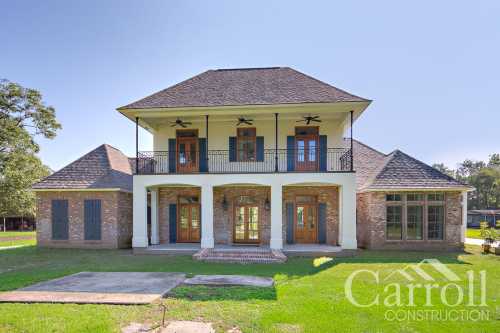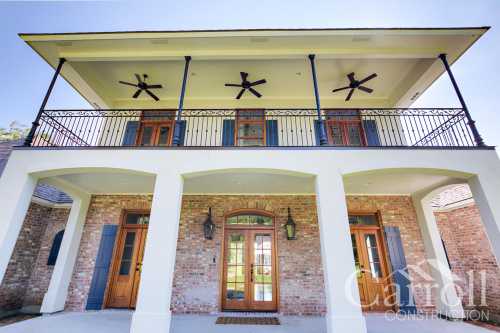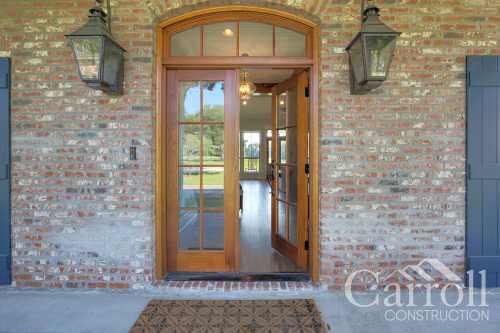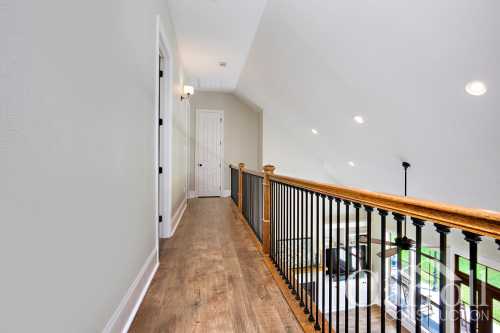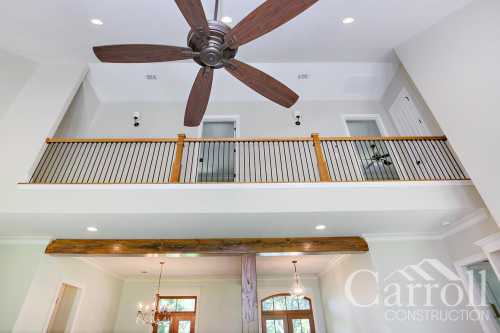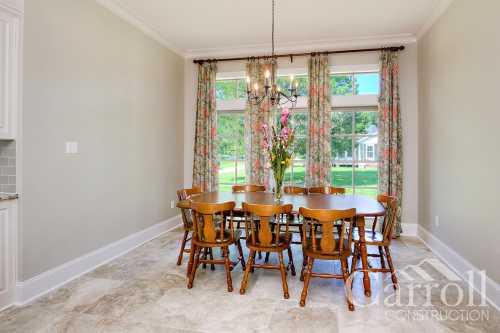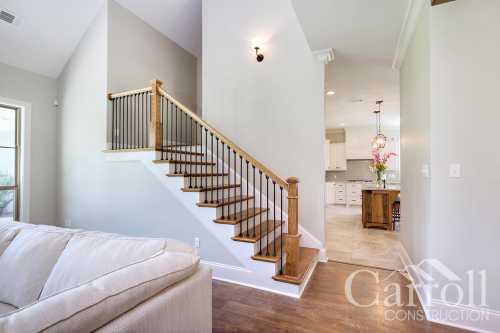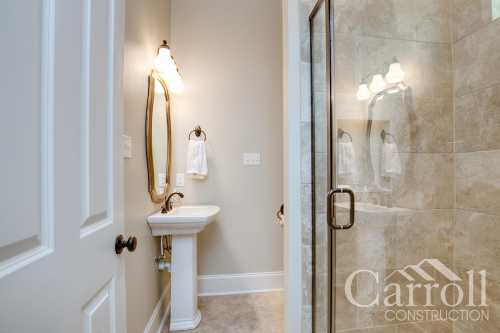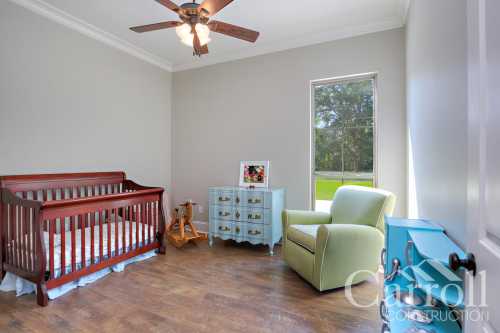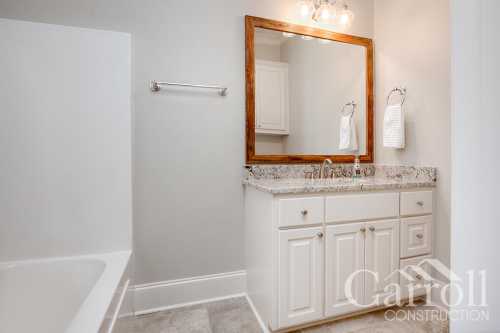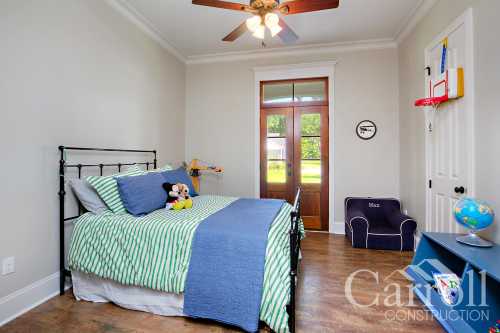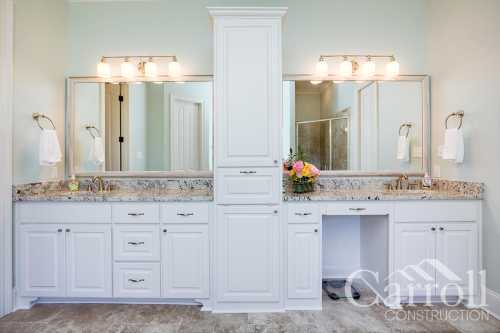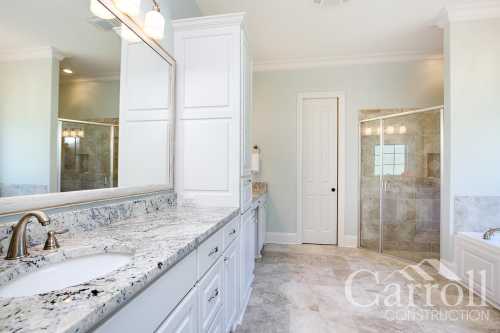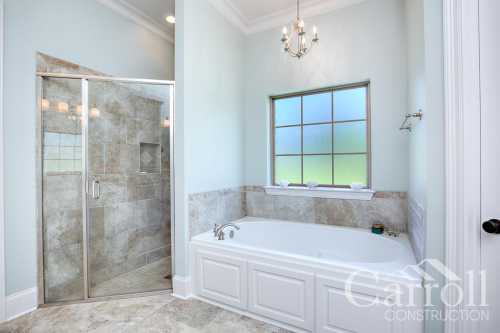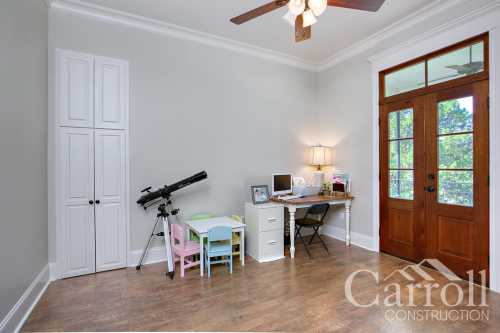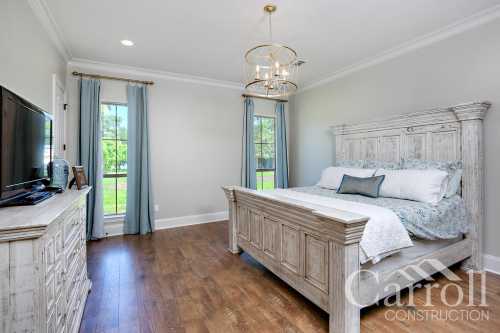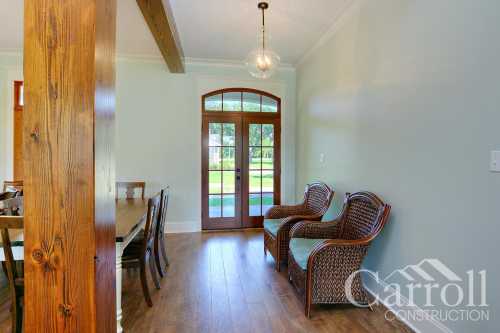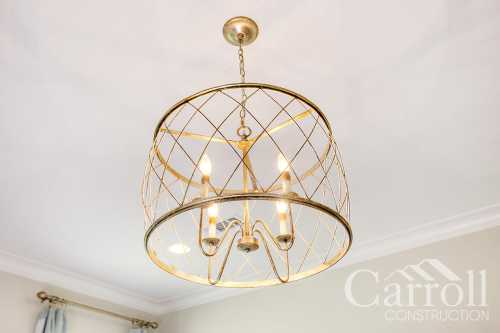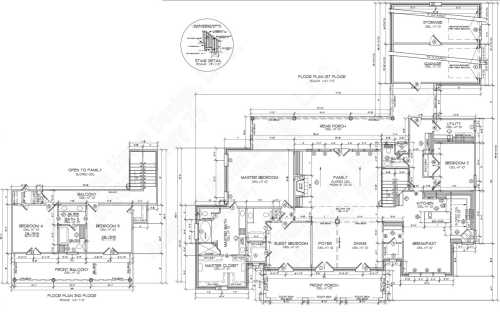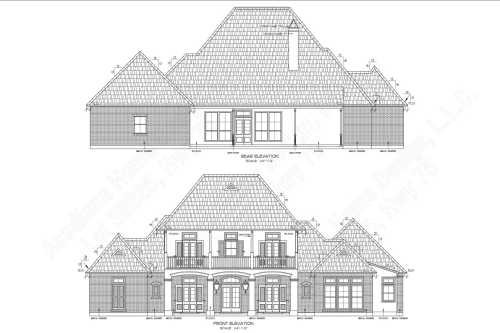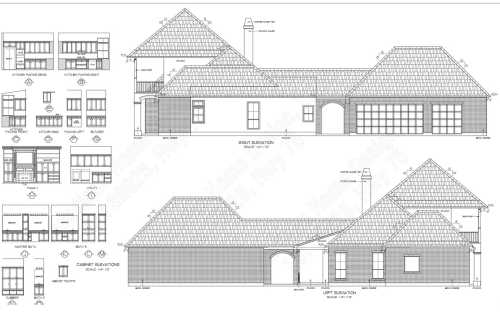Ready to Build On Your Own Lot or Raw Land?
We're experts at building custom homes on rural sites and subdivision lots. Plus, Carroll Construction helps you navigate the challenges associated with the home building process!
When contemplating the construction of a custom home, one of the most important decisions to make is if you want to live on Rural Land, or on a lot in an Established Subdivision. The decision is vital because the size and location of your lot may set the parameters of your home's overall design.
Thus, before you can actually design your home, you need to know a lot about your lot. The dimensions and characteristics of the land you build on may significantly influence the dimensions and characteristics of your home. Conversely, the design of your home may also limit the size of lots you consider.
Also, make sure to read "The Dirty Secrets About Dirt Work" to get helpful tips on how to plan & hire a contractor to build a proper house pad!
Here are some Pros & Cons to consider before making that decision:
PROS
RURAL LAND
- The peace & quiet of living "in the country"
- Large lots for less money per square foot of dirt
- Very few restrictions on what you can have or do on the property (i.e.; detached buildings, large gardens, etc)
- Geographic freedom (limited only by how comfortable you are being far away from work, schools, friends)
- Typically a large "buffer zone" between neighbors
PROS
NEIGHBORHOOD / DEVELOPMENT
- The feeling of living in a community
- Floodzones, Utilities and Hidden conditions are typically considered
- Homeowners Associations that monitor adherence to design guidelines and cleanliness restrictions in order to help maintain homes value and appreciation
- Typically, subdivisions are located more closely to amenities and popular school districts
- Comparable properties will be easier to find in a good economy which can translate into lower downpayments
- Often easier to resell than homes in rural areas
CONS(IDERATIONS)
RURAL LAND
- Raw land is not prepared and may require preparation; i.e.; clearing of trees, debris and dirtwork to create a flat place to construct the home.
- Floodzone: If your lot is below the floodplain, you will be required to elevate the home to meet local restrictions. Although if your lot is big enough, you may be able to get that pond you always wanted and use the dirt to elevate your home.*
Read more about building in flood zones. - If you have wetlands on your property, you will not be allowed to build on the site without a VERY expensive mitigation process which could include purchasing wetland credits from a land bank.
- Hidden conditions, such as defects in the land, old waterways, or old debris that have been covered over. The landowner is ultimately responsible for the effects of these hidden conditions. Ask neighbors about the history of the land.
- Access to all utilities isn't always available. Verify that power, water, and gas lines are on the property. How accessible are they from where the house will be place? Will you have city sewer or need a septic tank?
- "Comps", or comparable properties, may be hard to find for a fair appraisal, resulting in larger downpayment requirements.
CONS(IDERATIONS)
NEIGHBORHOOD / DEVELOPMENT
- Lots will typically be priced higher per square foot of dirt due to the value of the "Pros" above
- Annual HOA fees typically need to be factored in to the rest of your bills
- You will be restricted geographically to population centers based upon availability of lots
- Expect less privacy due to the close proximity of neighbors
- Restrictions. Amenities will typically be common to the subdivision unless you can afford to pay for upgrades out of pocket. Banks will lend on appraisals which will largely be contingent on what your neighbors included in their homes.
- Availability of lots may be limited, or purchasing a lot may require you to use the associated builder if owned by a builder block. This limits your choice of who will build your home...the worst way to choose the manager of your largest investment.
- Zoning. You will need to consider closer building lines, restricted setbacks, paving requirements and other guidelines when designing your home, which may mean changing your home design to fit the lot.
- If a builder owns the lot, you may be limited to using only the plans and selections allowed by the builder. This is considered a semi-custom or a production style home.







































































































































































































